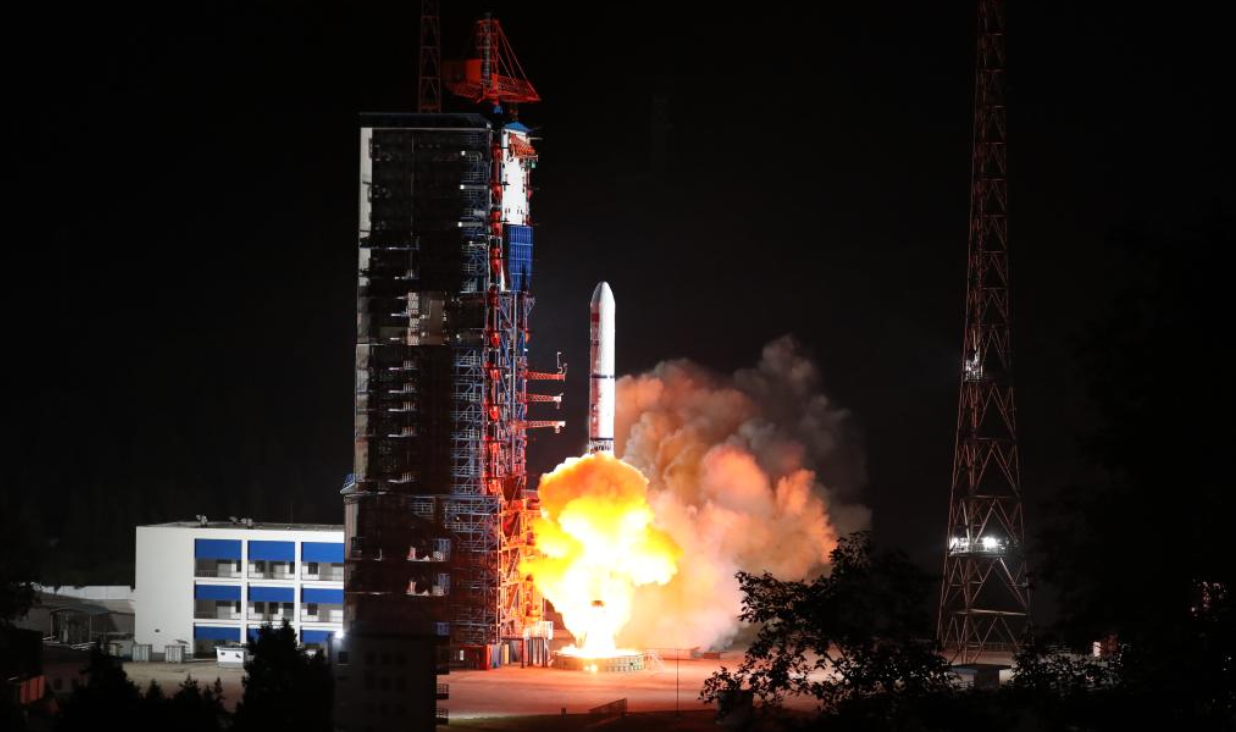China achieved yet another milestone in its ambitious space exploration program on Tuesday with the successful launch of the Yaogan-39 remote sensing satellite. The launch took place from the Xichang Satellite Launch Center in southwest China’s Sichuan Province, marking the 492nd mission of the renowned Long March rocket series.
At precisely 4:03 a.m. Beijing Time, a Long March-2D carrier rocket gracefully ascended into the sky, carrying the advanced Yaogan-39 satellite into orbit. The Long March-2D rocket, the stalwart of China’s space endeavors, is developed by the Shanghai Academy of Spaceflight Technology, a subsidiary of the China Aerospace Science and Technology Corporation. This particular launch underscores the remarkable reliability and adaptability of the Long March-2D.
The Long March-2D is a two-stage liquid carrier rocket known for its versatility in handling a wide range of payloads. It can be utilized for both single and series satellite launches, either in a series or parallel configuration. Moreover, this rocket is capable of transporting payloads weighing up to 1.3 tonnes to sun-synchronous circular orbits situated 700 kilometers above Earth’s surface, as confirmed by its developer.
Yaogan-39, the latest addition to China’s growing constellation of remote sensing satellites, is set to play a crucial role in various applications, including environmental monitoring, resource management, disaster mitigation, and national security. With its advanced imaging capabilities and high-resolution sensors, Yaogan-39 will provide invaluable data to support a range of governmental and scientific endeavors.
As China continues to push the boundaries of space exploration and satellite technology, the Long March rocket series remains a testament to the country’s dedication to advancing its presence in space. With nearly five decades of experience and countless successful missions under its belt, this reliable and adaptable rocket family is the cornerstone of China’s space ambitions.
The launch of Yaogan-39 marks another significant step forward in China’s ongoing quest to explore and utilize outer space for the benefit of humanity. As the nation’s space program continues to evolve, we can expect to see even more remarkable achievements in the near future, with applications and implications that reach far beyond our planet’s boundaries.
(Source: Xinhua)









